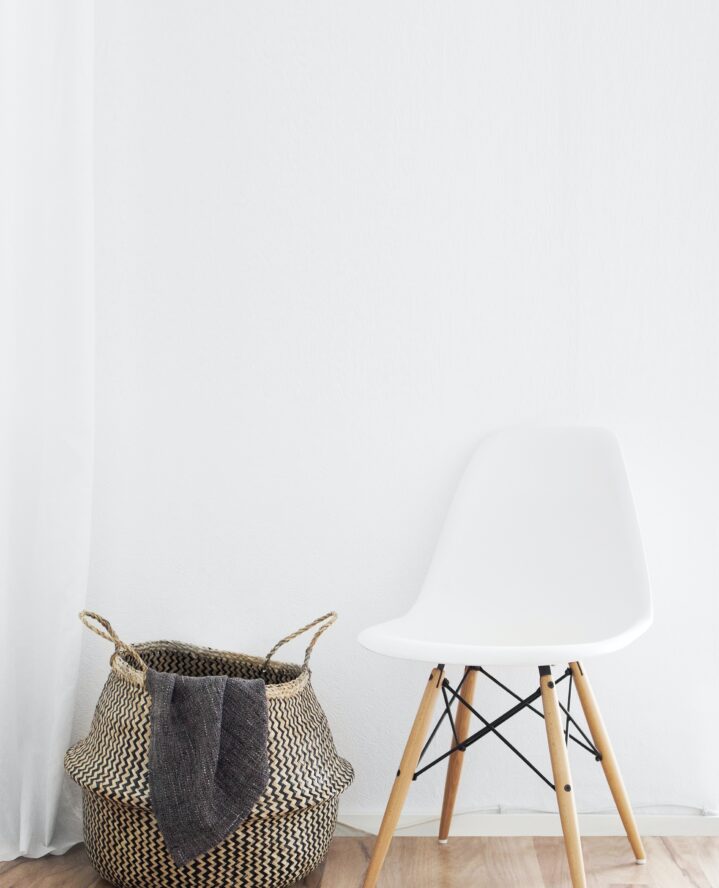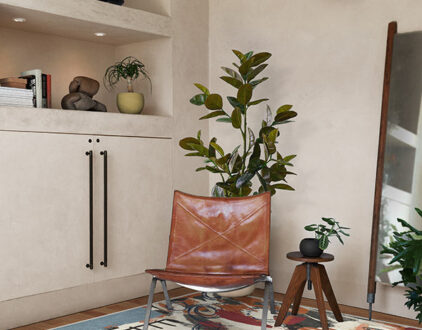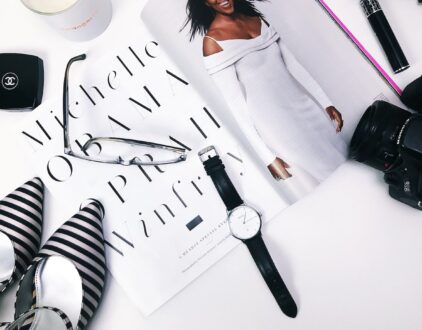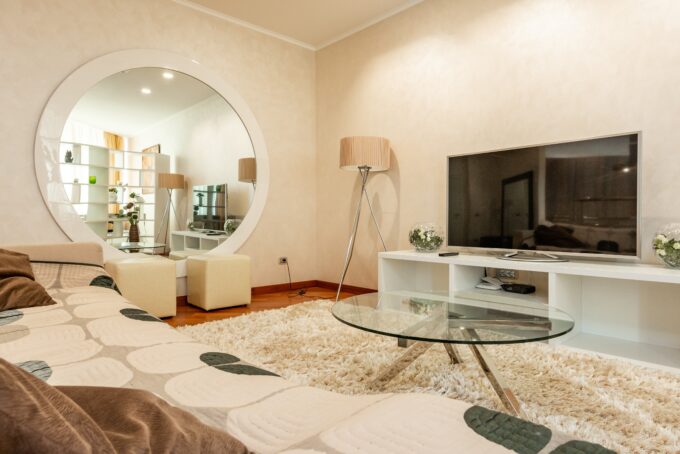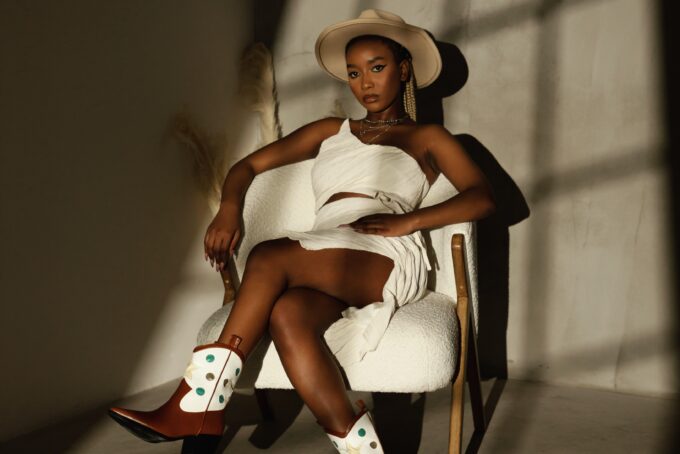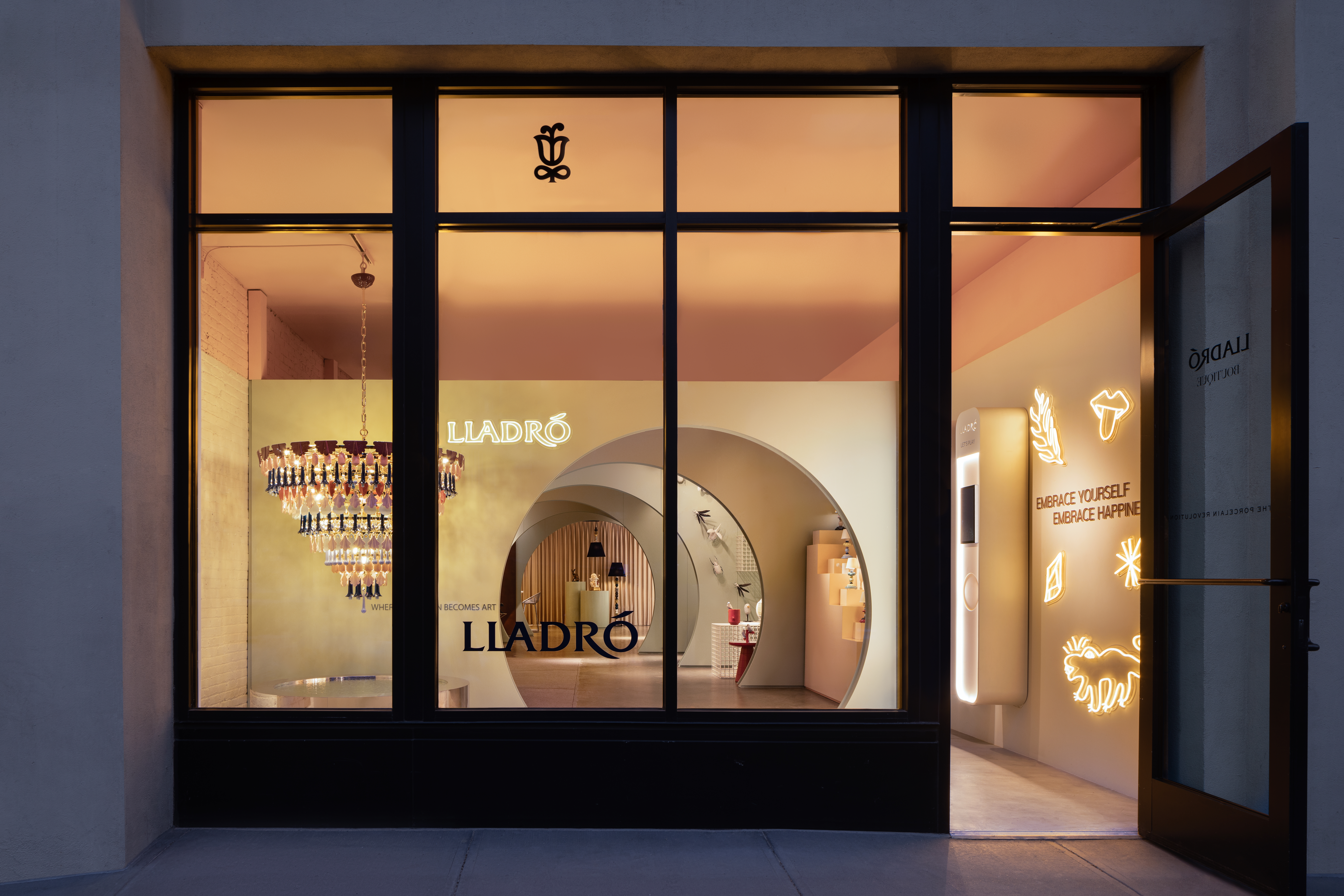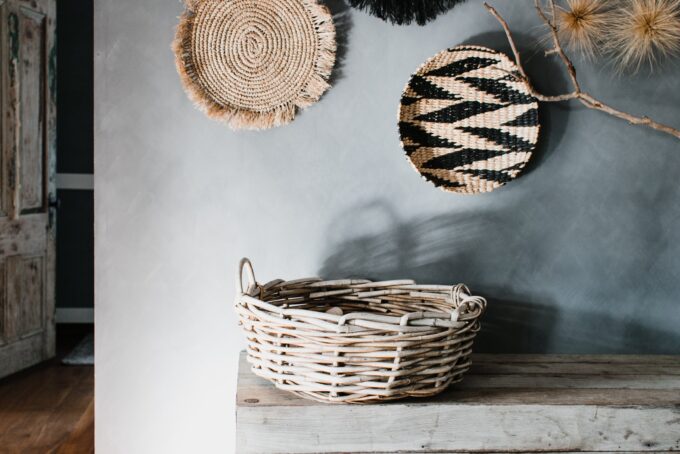Your home is a reflection is your personality and style. It says a lot about who you are, including your lifestyle, experiences, and values. But when not designed properly, it can actually give off the wrong impression. And according to design experts, that impression is cheap.
Interior design experts Zara O’hare from Land of Rugs and Raf Michalowski from Meble Furniture know a lot about style. From explaining how to correctly place an area rug in your living room to providing quick and easy outdoor furniture hacks for summer, these design pros are authorities beautifying your space.
What the Experts Say
When it comes to design trends, this dynamic duo says you should be cautious. In fact, incorporating some of these popular trends can actually make your home appear cheap and dated.
“Style is mostly personal; quality and thoughtful design choices always trump fleeting trends that can’t stand the test of time,” O’hare explains.
So when curating your space, you should be mindful that your home is a reflection of yourself. Because of this, try to forgo trends that can quickly cheapen it. To learn more about which fads to leave behind, here are five design trends that make your home look cheap:
Limewash Walls
Limewash is a popular wall treatment option that recently made a comeback due to its antique, weathered appearance. But according to O’hare, if you aren’t careful, this design trend can do more harm than good.
“Whilst limewash walls can look stunning in the right setting, they can also appear garish if it’s done haphazardly or in spaces with minimal lighting. For example, in a modern and minimalist home, applying limewash to all your walls might clash with the overall aesthetic. Consider using this technique as an accent wall or in rooms with a more traditional or rustic feel.”
Herman Miller Plastic Chairs
Herman Miller is credited with popularizing the molded plastic chair that we all know and love. But even though this innovative chair is an instrumental part of design history, interior design experts argue that it should be left in the history books.
For a more modern alternative, Michalowski advises shoppers to explore other pieces in his design collection. “Opt for Herman Miller’s more modern and timeless pieces, such as the Eames or Aeron Chair, which seamlessly blend form, function and of course, style.”
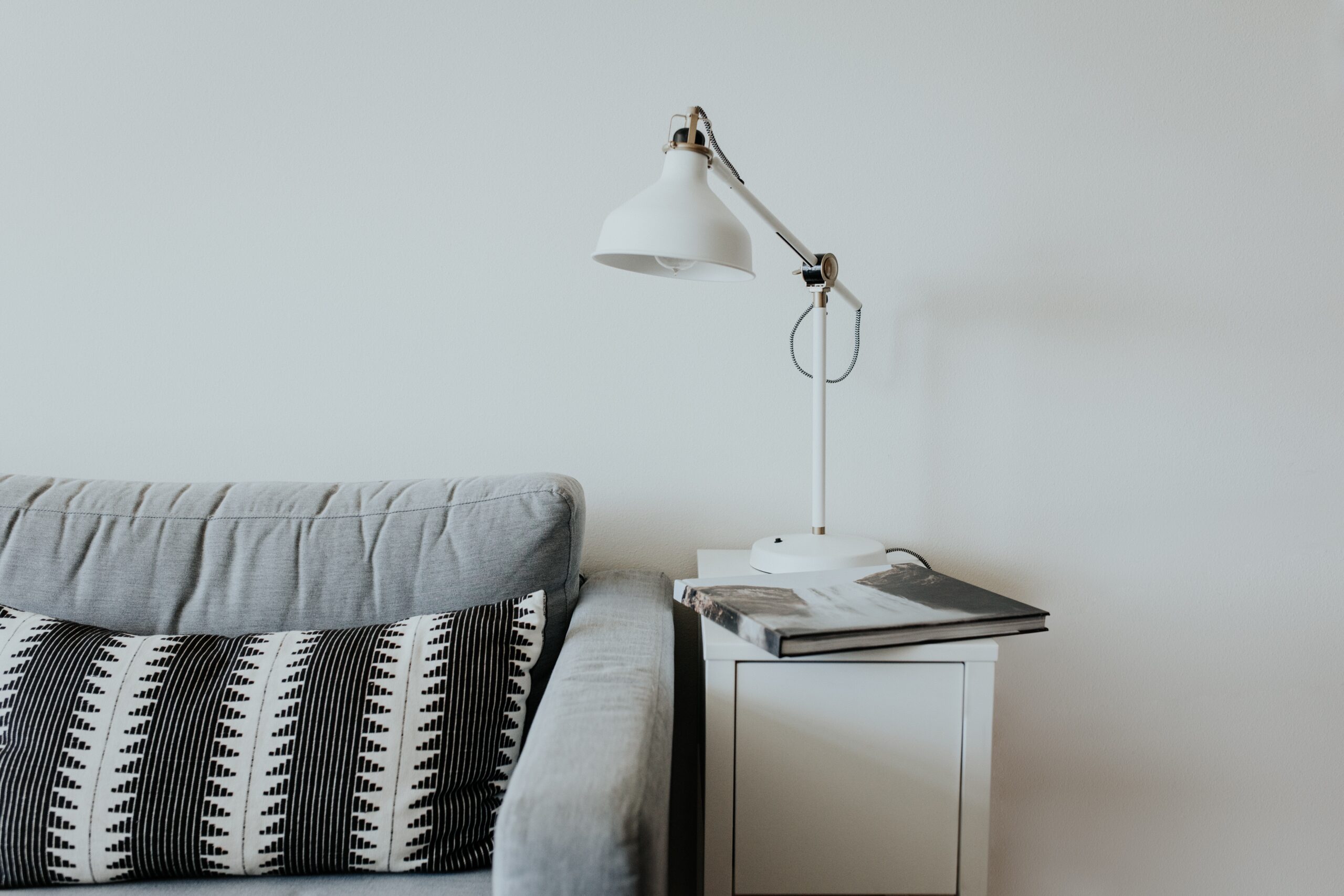
Cool-Toned Neutrals
The neutral interior trend has officially taken over the interior design space, with gray seemingly the most popular color choice of the bunch.
According to color psychology, icy blues and grays have the power to introduce a calm, tranquil ambiance to a room. But they can also make it feel cold and uninviting.
“Why not consider introducing warm accents into your decor?” Michalowski recommends. “For example, simply incorporating elements like wooden furniture, vibrant artwork, or cozy textiles can instantly transform a space.”
Foam Furniture
Foam furniture is a super soft and cushiony furniture option that not only feels great to relax on but costs a lot less than more traditional pieces. However, even though foam furniture is comfortable, when it comes to decorating with this inventive seating, the old saying “you get what you pay for” still holds true.
“Low-quality pieces often lack durability and style, and they tend to lose their shape much faster than well-crafted alternatives,” Michalowski explains. “By filling your space with foam furniture, you’re essentially applying a dense coat of harmful industrial foam onto furniture that otherwise was just fine. Foam furniture should firmly remain a thing of the past.”
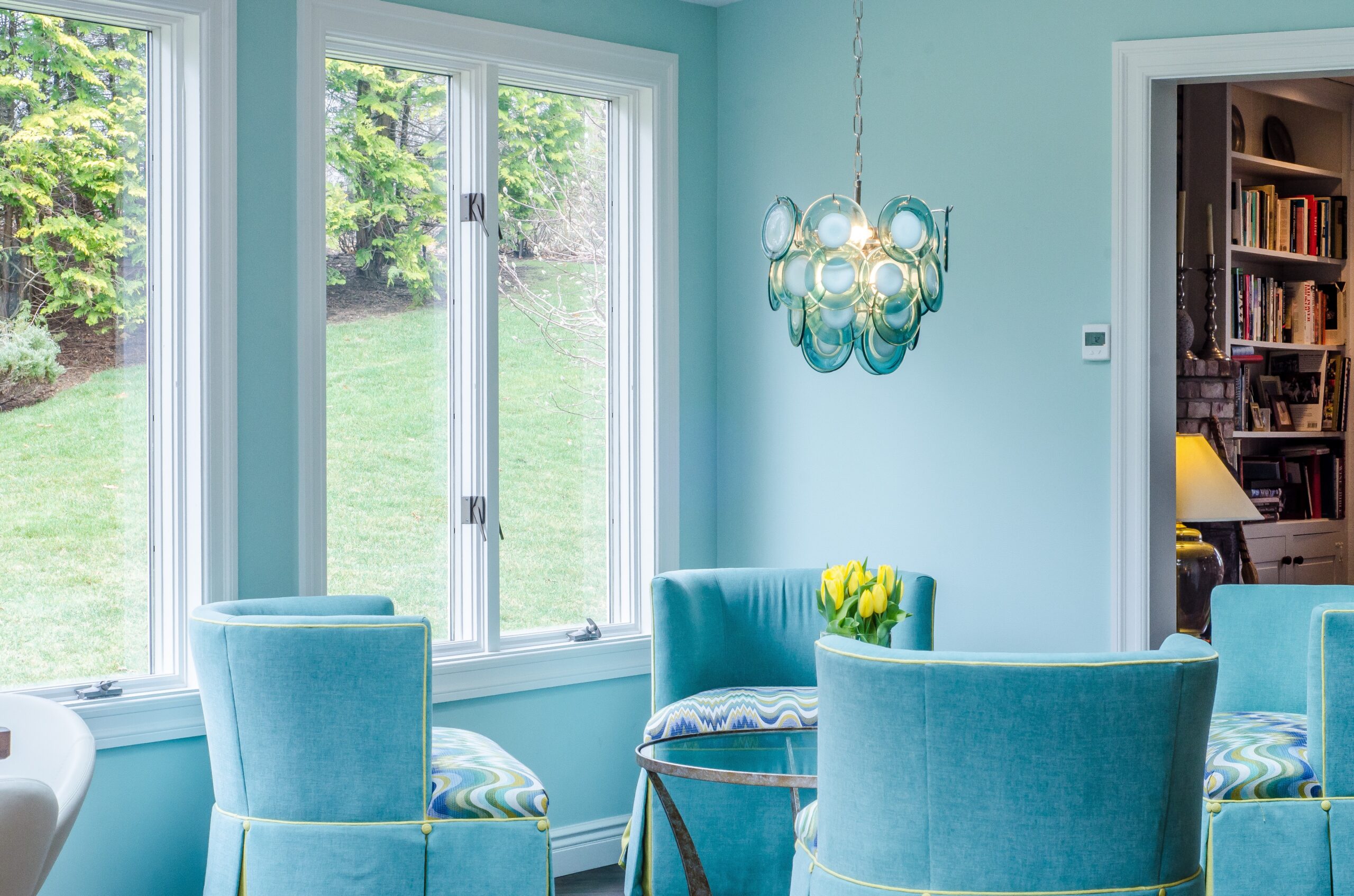
Matching Color Schemes
A lot of people believe that everything should match when designing a room or home. However, interior design experts say this couldn’t be further from the truth. When you color-coordinate a space, it can appear dull, flat, and uninspired.
To prevent this, O’hare suggests mixing it up. “Instead of choosing all your furniture, curtains, and accessories in the same colour family, experiment with complementary tones, textures and/or patterns.”
popular posts
- 1It’s Black Business Month, So Let’s Go Shopping and #BuyBlack!
- 2These Home Decor Items Will Instantly Make Your Space Look Outdated
- 3Black-Owned Home Decor Stores To Support Across the United States
- 4A Look Inside Elon Musk's Tiny $50,000 House
- 57 Black and Multicultural Designers To Follow For Design Inspo
Spaces
Whether it’s luxury or ease, every area of your home should be as fabulous and unique as you.
FOLLOW ALONG ON INSTAGRAM
#homeandtexture
Find us on social for more home inspiration where culture, personal style, and sophisticated shopping intersect to help you create a home where you love to live.
